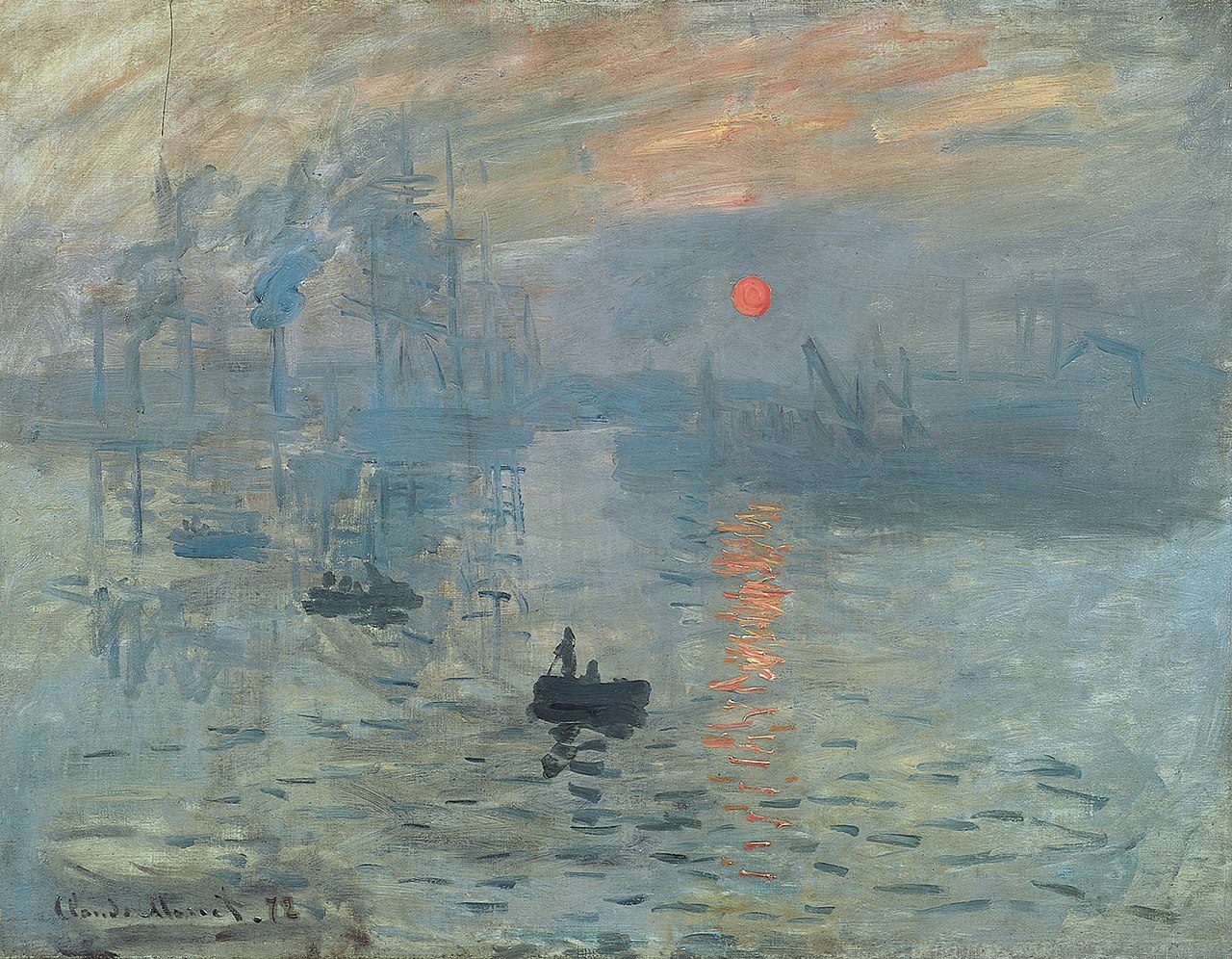Do I have any
video game fanatics out there? Did you know that video game music is actually
an area of musicological study that emerged within the last decade? This month
I would like to step away from the highbrow topics in music history and look at
something that any modern-day gamer can appreciate: video game music. We will
briefly look at how the use of music in gaming has evolved from the first
coin-operated games all the way to present day entertainment systems.
I must admit that
I am not an expert when it comes to video games. That’s why when this topic
idea came to me I immediately contacted longtime friend, musicologist, and
video game music specialist, Sarah Pozderac-Chenevey. She kindly provided much
of the information you will read in the coming weeks.
Did you know that
the earliest known coin-operated game with sound was developed in 1897?
Invented during a gambling prohibition, this game was marketed as a music
machine. Though the sounds it created were more mechanical rather than musical,
this new music machine allowed avid gamblers a means to satisfy their addiction
while avoiding breaking the law.
Into the 20th
century, arcade games became the avenue by which people could experience this
early form of “gaming.” It wasn’t until the 1970s that we see the first game
with continuous sound: Space Invaders.
Because they were limited on space, programmers could not do much with the Space Invader soundtrack and stuck to
using a lamenting tetra chord heard in the clip below. What they did not
realize when developing the game, however, was that the game sped up during
gameplay as fewer items remained on the screen. As the game sped up, so did the
music. Coincidently, this added tension and suspense to the game. Watch here.
Have you ever
played the Space Invader arcade game?
Though an early form of music in gaming, do you find the accidental increased
music tempo an effective way to build suspense in the game?
Join me next time
as we look at Atari and NES!



